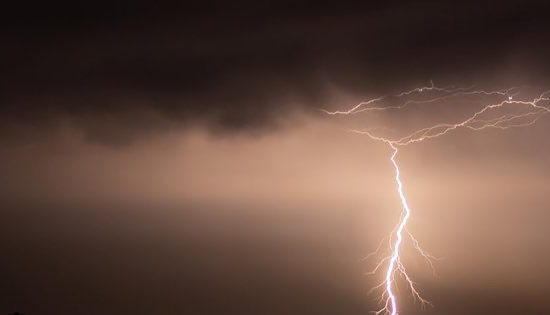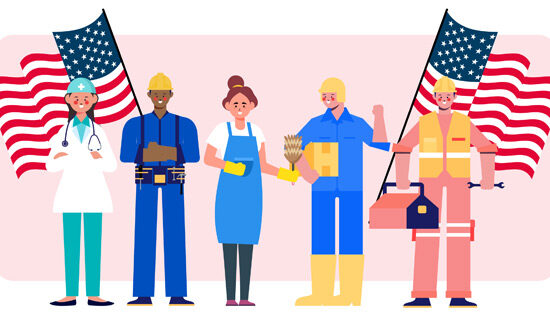Environmentalists are warning beachgoers about E. coli, a bacteria present in animal and human waste which shows up on half of U.S. beaches, according to new research from Environment America and the Frontier Group.
Half of U.S. beaches have at least one day per summer in which it’s not safe to swim because of elevated bacteria levels, according to a report the group released recently.
Louisiana’s 24 beaches were potentially unsafe for at least one day last summer. In Mississippi, all 21 of 21 beach sites sampled were.
Two of the most common ones are overflows from sewage treatment plants or runoff during heavy rain, according to a report from CBS News.
Another way is runoff from industrial livestock operations which has contaminated beaches that sit near the mouths of rivers, like Neachwood Beast West in Ocean County, New Jersey.
Oceanfront counties contribute heftily to the corresponding state’s tourism cash flow, so beach closures make a critical impact.
The beaches which made the “dirtiest list” include:
Florida
- Bayou Texar, Escambia (24 unsafe days, 50 samples)
- Sanders Beach, Escambia (23, 64)
- Crandon Park on Key Biscayne, Miami-Dade (17, 63)
- Bird Key Park, Sarasota (17, 67)
- Venice Fishing Pier, Sarasota (15, 64)
Georgia
- St. Simons Island Lighthouse, Glynn (6 unsafe days, 50 samples)
- Skidaway Narrows, Chatham (3, 8)
- Kings Ferry, Chatham (3, 4)
- Tybee Island, Polk St., Chatham (3, 46)
- Jekyll Driftwood Beach, Glynn (2, 46)











